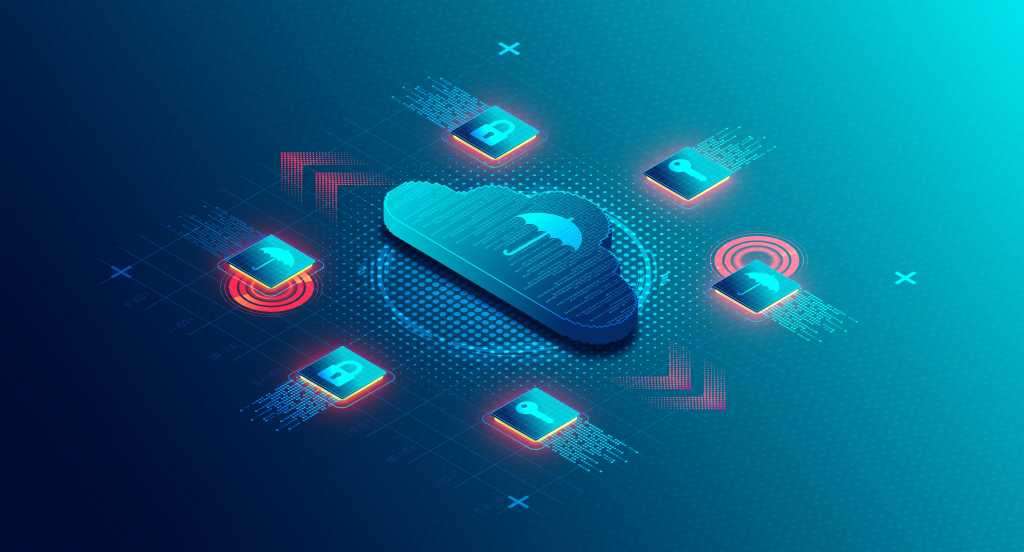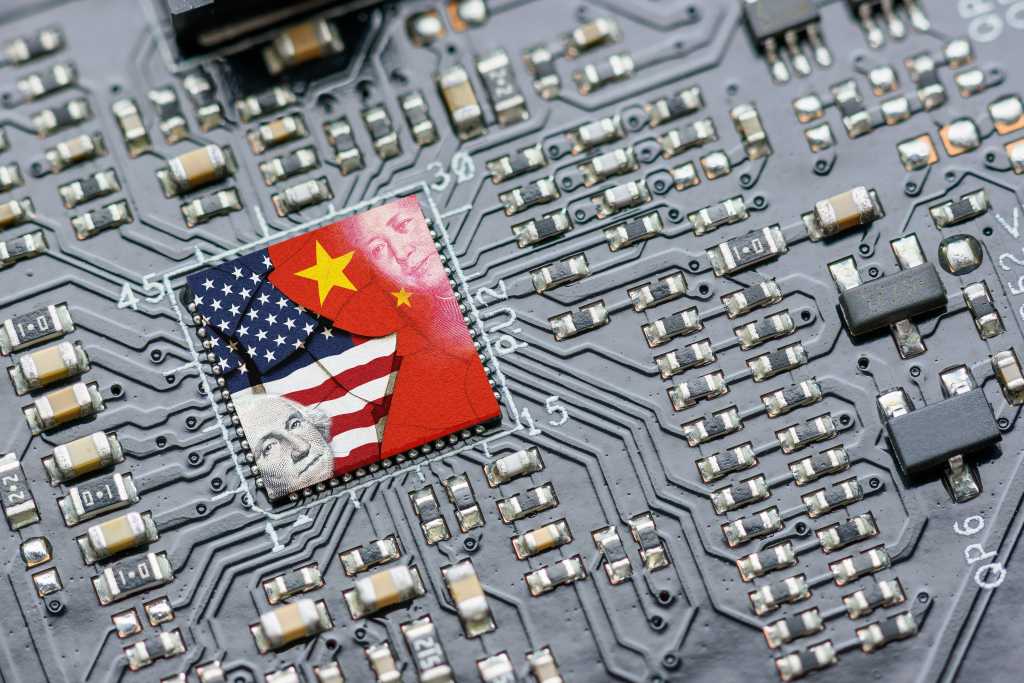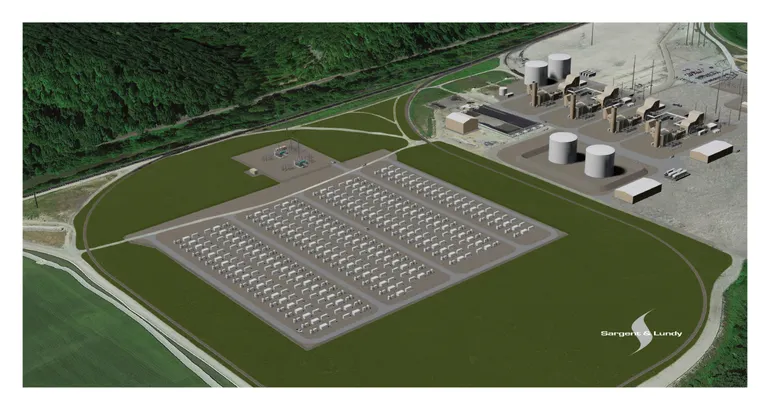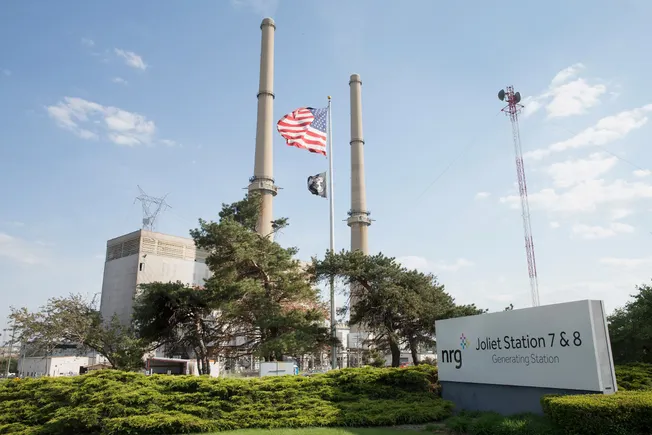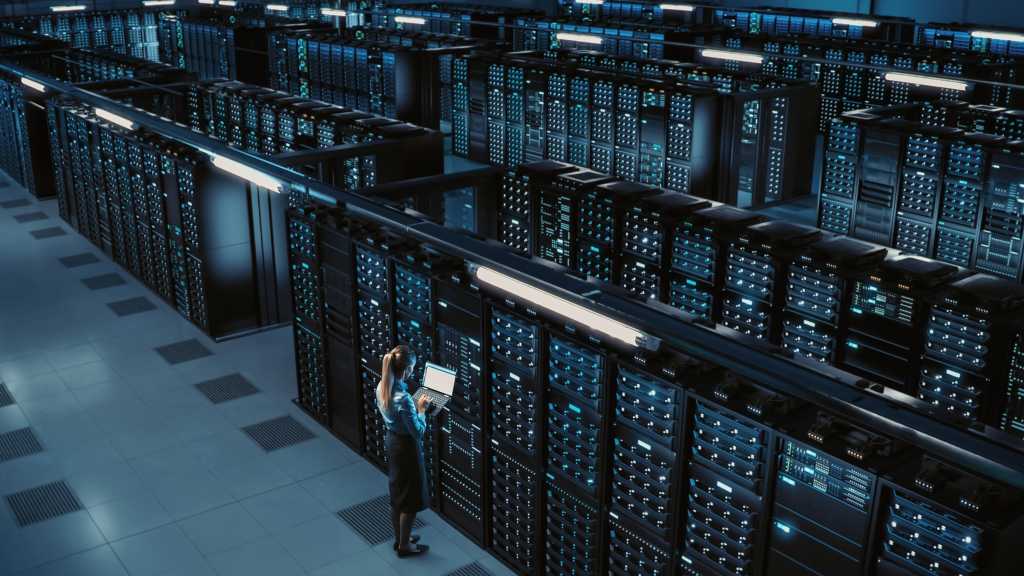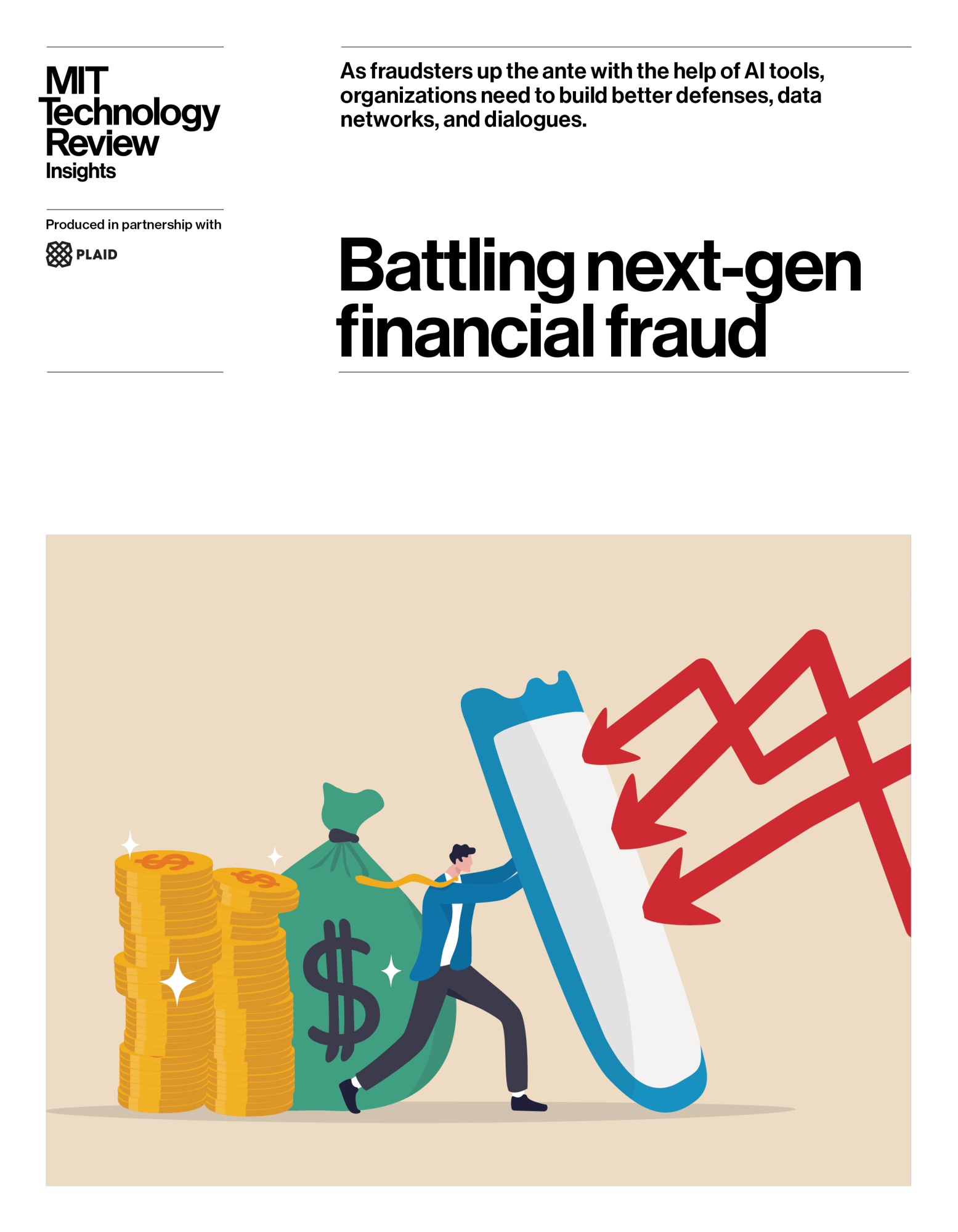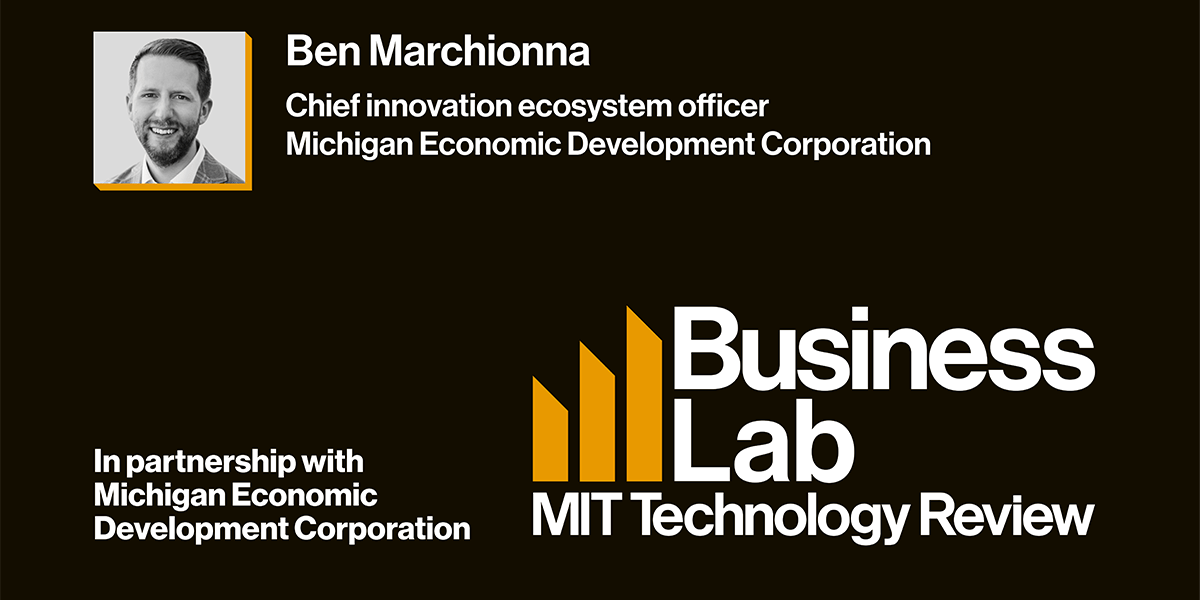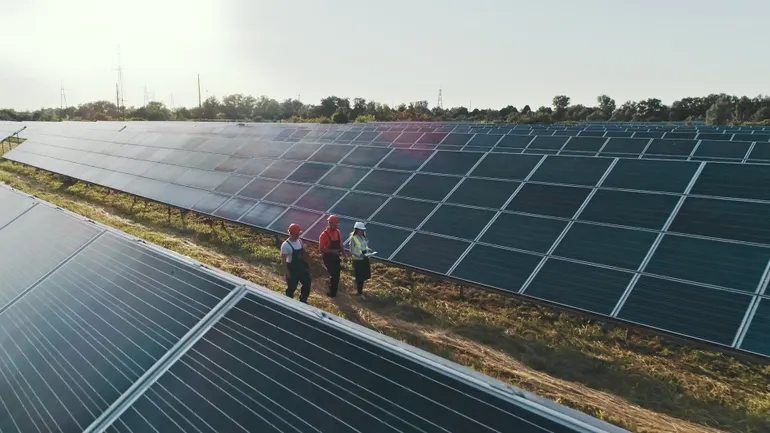
Nainish Gupta is director of REC portfolio and regulatory compliance at POWWR, an energy software company.
After years of shifts towards widespread renewable energy adoption, presidential executive orders are pausing federal investments in new wind and solar projects, slowing the development of clean energy supply chains and manufacturing. The leasing of federal lands for renewables has also been rolled back, limiting the expansion of large-scale projects. In the first quarter of 2025, clean energy manufacturers canceled, closed or downsized nearly $8 billion in projects. Tariffs are also making solar panel installations more expensive, since about 75% of panels come from China.
At the same time, the policy changes benefit the expansion of fossil fuels: they lift restrictions on oil, gas and mineral production in Alaska and expand drilling in places like the Alaska National Wildlife Reserve. These moves open areas for development and revive the natural gas industry, which could pose a risk to wildlife and natural habitats. Simplifying the approval process for natural gas pipelines could also speed up construction, but it might overlook environmental assessments.
Retail energy suppliers are already feeling the effects of increased price volatility and rising compliance costs. To navigate this new reality, suppliers need to focus on three smart strategies: Buy renewable energy certificates (RECs) now, leverage data and predictive analytics to make more informed decisions, and grow market share.
Getting ahead of REC price increases
With fewer renewable projects on the horizon, the supply of RECs is tightening. Yet, state renewable portfolio standards are not going anywhere, and will continue to require retail suppliers to acquire a certain percentage of RECs based on the region and their portfolio size. That supply imbalance, paired with an increased demand, guarantees that prices will go up. The best way for suppliers to mitigate risk is to begin buying RECs now or put money aside to start that process, ahead of projected price increases. Accumulating them gradually spreads financial exposure and ensures inventory is available when needed, and at a lower price.
Some states allow suppliers to hold RECs for months or years before they need to be retired, giving them a chance to build up a stock. Strategically buying RECs in advance, capitalizing during periods of lower pricing, will also help suppliers mitigate the rate increases that are passed on to customers, as prices are expected to rise by the end of this year or early 2026.
It’s also essential to track RECs more proactively than in the past. That doesn’t require new systems, but having visibility into upcoming pricing trends allows suppliers to act when opportunities emerge. Implementing systems to manage and track RECs ensures you’re taking into account all of the information available to make smart decisions.
Leverage predictive analytics and data
Policy changes will also increase price volatility in the natural gas market, making hedging decisions more critical. Suppliers should leverage predictive analytics and data to drive decision-making. Historical trends aren’t enough — predictive analytics proves to be valuable in anticipating swings tied to weather patterns and regulatory shifts. Third-party software and managed services have modernized energy transactions with real-time market data, weather forecasting and load analysis to identify optimal purchase windows and lock in natural gas prices amidst price volatility. Having access to data at this level, with the software to track it, makes the process more transparent and helps suppliers make the most informed hedging decisions, efficiently adjusting market positions based on real-time data.
As policy changes increase natural gas generation and shift away from renewables, suppliers will also need to evaluate their portfolio mix and where they are supplying customers. Determining the most cost-effective and reliable energy sourcing strategy given current regulation may require suppliers to consider greater diversity or reallocation of energy sources in their portfolios. The more granular insights suppliers can use, the easier it will be to optimize portfolios and secure the best mix at the best price.
Increase market share early
Customer-facing technology is another area of opportunity. Smart apps and meters that deliver real-time energy usage data can help customers manage their consumption more effectively. Features like time-of-use pricing offer more transparency for customers to see exactly what the prices are and adjust their energy usage accordingly to reduce their energy costs. This is especially significant with looming rate increases due to REC price changes and compliance costs that may show up on customer bills. These technologies offer customers invaluable insights into their consumption habits and put some of the power in their hands to make their own changes. New product offerings that improve the customer experience have staying power beyond future policy or market changes, and can help ensure suppliers keep their customer share.
As compliance and sourcing costs increase, long-term customer contracts offer stability. One proven approach is structuring power purchase agreements with large, consistent users like data centers. Big technology companies, like Microsoft and Meta, are investing in massive data centers to meet the rapidly growing needs for AI development. While some retail suppliers may have a large variety of customers across residential and commercial sectors, shifting target customer focus to pursue opportunities with large commercial technology users can offer a great balance and reduce risk. These customers have predictable, around-the-clock demand. Agreements with large users offer fixed or indexed pricing over multiple years, giving suppliers a predictable load to hedge against and revenue to plan around. With these long-term PPA agreements, that market share is solidified for years, regardless of any uncertainty in federal regulations.
Building long-term resilience
While some of the current federal orders could be reversed under future administrations, these shifts will take years to fully implement. Restarting shuttered coal or nuclear plants takes time and money, and, in many cases, the talent to do so has already exited the workforce. It would take years for restarted plants to meet current standards and come up to speed.
Even if clean energy incentives return in a few years, the changes to supply chains, project pipelines and market confidence will take years to catch up. And the impact on energy infrastructure and investment wouldn’t be reversed overnight. The actions suppliers take now need to create long-term resilience through continued volatility. Investing in technology that gives suppliers better insight into the market, clearer data to make decisions and transparency for customers is a smart strategy regardless of federal changes.



